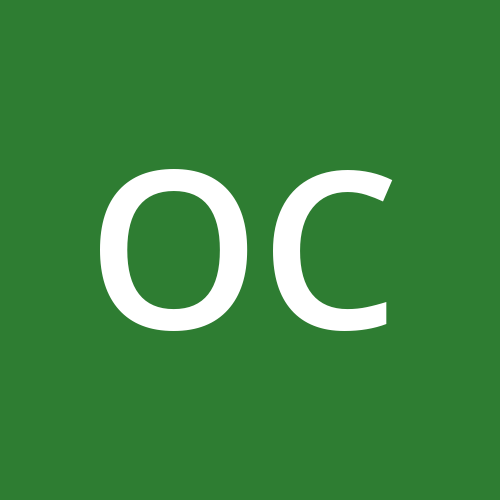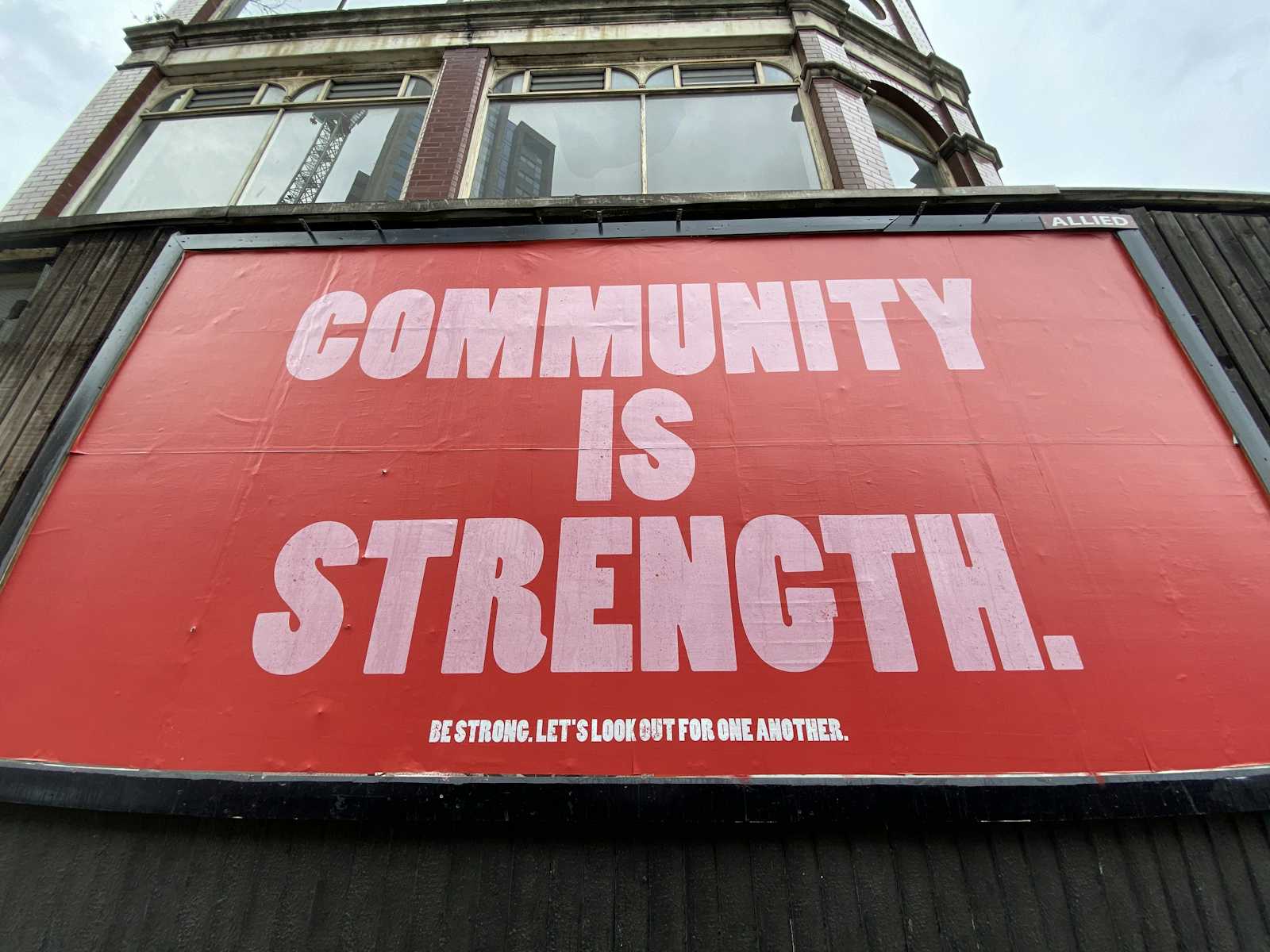Joining the Fedora Community: A Beginner’s Guide to Open-Source Contribution
 Onyewuchi Esther chikamso
Onyewuchi Esther chikamso
People often associate open-source contributions with coding and programming languages. While that is true, other valuable skills—such as design, documentation, research, and community management—also play a crucial role in shaping open-source projects. Fedora is a perfect example of this—an open-source, community-driven Linux distribution that thrives on diverse contributions from designers, writers, developers, and enthusiasts alike.
What is Fedora?

I came across Fedora for the first time through Outreachy, as it was one of the projects listed for the June 2025 cohort.
The Fedora project is an initiative whose core is to build free and open-source community software where people collaborate and share user-focused solutions built on the platform. It coordinates the development of the Fedora Linux, a Linux-based operating system. As an open-source software, Fedora Linux gives power to its users to shape their own experiences using the platform.
Although Fedora is home to thousands of contributors from different continents, cultures, and perspectives, they share common values—principles that form the foundation of the project and guide its growth.
Foundations of Fedora
Freedom: It allows free use of the software without payment or any restrictions. A user can copy the codes in whole or in part for their purposes. It is also 100% legal!
Friends: Built by people from different walks of life working together consistently for the advancement of the project. Shows that anyone is welcome to join regardless of their skill set, and you will find your place at Fedora.
Features: With each launch or upgrade of a feature, Fedora is dedicated to creating excellent software to improve user experience and equip them with the latest technology
First: Fedora strives to be at the top of the game when it comes to delivering cutting-edge technology in the industry
These foundations only go further to prove that Fedora makes a deliberate effort to stand out of the crowd, foster collaboration, and put their users at the core of everything they do.
Why is Fedora Interesting?
There are a lot of things I find interesting after doing a little research on Fedora, but the following could suffice
Cutting-edge Software: Fedora incorporates the latest stable versions of software and technologies. This makes it one of the most up-to-date Linux distributions out there.
Strong and Active Community Engagement: As earlier stated, Fedora has a strong global community of developers, designers, writers etc. who collaborate openly to improve the project. They foster an inclusive environment that makes contributing interesting for anyone who wants to—you included 🫵
Security Features: To protect against various security threats, Security Enhanced (SE) Linux is enabled by default.
Developer Friendly: Fedora includes a variety of development tools and libraries out of the box that makes it favourable to developers.
Open-source Philosophy: Fedora is committed to free and open-source software principles, which provide an open-source operating system.
You can read more about what other people find so great about Fedora on Reddit here
Why is the Fedora Project Interesting to Me?
Personally, I find the Fedora project intriguing because of the community of people. It is interesting to see community members carry out contributions in such orderly and timely fashion. Every single team works efficiently, from the code, to the design, to the documentation and everything in between! Every contribution matters here
Why Do Beginners Find Fedora Confusing?
It is interesting to read about the great things Fedora has accomplished and how much they foster community and encourages contributions from people from different background. But I also need to point out the fact that navigating the community as a first-time contributor can be overwhelming. From the sign up process to looking for the first issue to contribute to, it is easy to get lost in all that.
That is very normal, as I too was there, but what made navigating the project easier for me was the willingness of other members of the team to put me through any challenge I encountered. I made sure to ask a question where I needed help and also took a screenshot of what I was trying to do—this helps the person trying to help you know the exact place you are stuck and how to help out. Also, try to ask questions intelligibly, showing the mentors and other people that you have done research on your own and just need further assistance and/or clarifications.
In conclusion, my advice to a future outreach applicant is to do what I stated in the paragraph before this. Also, take your time to read and process ALL instructions, the ones not clear to you, and reach out to fellow contributors or the mentors assigned to your project. Don’t be shy!
I wish you the very best in your application! I also hope I get the internship this time!
Bye for now 🫶
Subscribe to my newsletter
Read articles from Onyewuchi Esther chikamso directly inside your inbox. Subscribe to the newsletter, and don't miss out.
Written by

Onyewuchi Esther chikamso
Onyewuchi Esther chikamso
I am a UI/UX designer from Nigeria. I love to design digital experiences that don’t just solve problems, but make you wonder why it wasn’t always this easy. I blend curiosity, creativity, and a bit of humor to craft designs that feel as good as they look